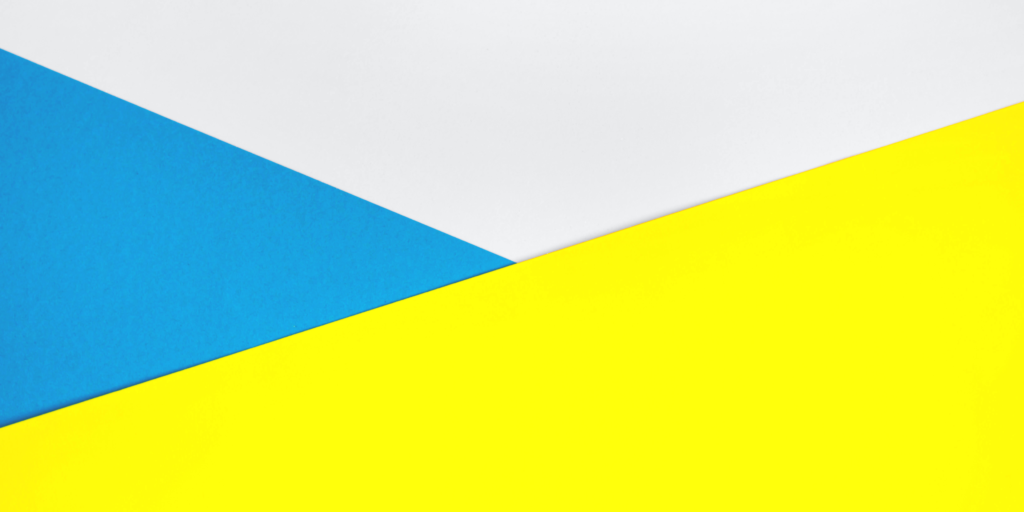Harmonizing color combinations of walls and floors is one of the important features of interior design. The color of walls and floors can be a factor that affects the aesthetic and ambiance of a space. Whether you want to create a comfy and homely mood or a dynamic and vibrant mood, the appropriate color combination will be key to achieving your goal. In this blog post, we will analyze the basics of color theory, the role of color in wall and floor choices, how to attain a cohesive look, the use of contrast, the choice of colors that relate to the function of a room, the combination of what is already there, trying out different textures and patterns, and how to finish it all with a personalized look in your home.
Understanding Color Theory: The Basics of Harmonious Color Combinations
Color theory is a science that deals with the phenomenon of how colors influence one another and how they can be blended to create pleasing effects. Colors are used for effective communication and emotional responses in the field of interior design, hence the importance of knowing color theory. The color wheel is a basic tool in color theory, which is used to build up the concept of how the colors relate to each other. It is composed of primary colors (red, blue, and yellow), secondary colors (orange, green, and purple), and tertiary colors, which are derived from a combination of primary and secondary colors. By using the color wheel, we can easily see that the colors complementary to each other are those opposite each other on the wheel, those that are next to each other on the wheel are called analogous colors, and those forming an equilateral triangle on the wheel are triadic colors.

Likewise, warm and cool colors are two other elements of the color theory. The hues of warm colors of reds, oranges, and yellows tend to create emotions of energy and warmth. Cool colors such as blues, greens, and purples have a pacifying and restorative effect on the human mind. Learning the difference between warm and cool colors helps us to create color combinations that bring balance into the room and produce a suitable mood or ambiance for the room.
The Importance of Choosing the Right Wall and Floor Colors for Your Space
The colors from which we choose for our walls and floors can be of great importance for the appearance of a room and its atmosphere. The lighter colors are used in spaces to create the perception of larger and more open environments. On the other hand, darker colors can be used to create a warm and intimate atmosphere. As an illustration, dark-colored walls and floors in a small bedroom will make the room look smaller, and using light-colored walls and floors will make the room appear more spacious. On the other hand, it is true that if you want to design a warm and inviting living room, you may use dark wall and floor colors in order to obtain the desired effect.
Furthermore, the walls and floor colors can be used as tools to set the mood of the room. Cool colors such as blue and green can give you a calm and peaceful environment, which is suitable for bedrooms and relaxation areas. Warm colors such as reds and oranges are good for those areas where we want to put some energy and vibrancy, like kitchens or home offices. Choose the specific wall and floor colors that match the mood of each room in the house.
Creating a Cohesive Look: Tips for Matching Wall and Floor Colors
The wall and floor color selection is very important, as they need to match each other to create the desired mood. The color scheme of the room offers a balanced feeling that is carried throughout the space. One way to achieve this is by using adjacent color wheel colors, which are named analogous colors. An illustration of this would be combining a soft blue wall color with a gentle green floor color to create a tranquil ambiance and a balanced scheme.
Another idea for matching wall and floor colors is to have samples and color swatches. This is a good opportunity to observe how different colors react with each other in your space. Comparing swatches at the store or even just in your hand can help you to see that the wall and floor colors work well together to create the desired effect.
Using Contrast to Your Advantage: Combining Bold Wall and Floor Colors
The use of contrasting colors can be a good option for creating depth and excitement in a room. Bold colors, in combination, can form a very powerful visual effect and become a real statement. You can even say that the combination of a deep navy blue wall color and a white floor color gives a modern and dramatic look. However, it is worth mentioning that the use of bright colors should be balanced with neutral ones in order to prevent space overloading. Neutral furniture and accessories can be included in order to achieve a pleasingly balanced mixture of bright wall and floor colors.
Choosing Colors Based on Room Function: How to Pick the Perfect Palette
Another factor affecting color choice for the walls and floor is the purpose of the room. Some colors create certain moods and can lead to a space having a particular purpose. As an illustration, in a bedroom, you might want to create a tranquil and relaxing environment, so selecting soft and relaxed colors such as pastels or neutrals would be appropriate. The kitchen is a place where both energy and imagination play crucial roles. Hence, brighter and more invigorating colors can be used to stimulate the senses.
In order to achieve the best color scheme for each room, it is a must to gather inspiration from various sources like magazines, websites, or even nature. Discover some color combinations that make you feel the way you want your room to make you feel. Trying out various color arrangements can aid you in the search for the ideal pairing that matches your personal identity and choice.
Working with Existing Colors: How to Incorporate Wall and Floor Colors into Your Decor
At times, we may be required to work with the existing wall and floor tones when redesigning a room. However, these colors should be incorporated into our decor options in this case. Here, choosing the accent colors that match the current color scheme is one of the ways. Consider, for instance, a beige wall with brown floor. If you add blue accents, you will achieve the desired contrast.

Accessories and decor, among other things, are the elements that bring together the room. By creating a visual link between the wall and the floor colors, throw pillows, rugs, artwork, or curtains in the strategic placement of the decorative items, you can do this. As a matter of fact, if you have a blue wall color and neutral floor color, adding blue accents in the form of pillows or artwork will help you create an overall harmonious look.
Experimenting with Different Textures and Patterns: Adding Depth to Your Color Scheme
Textures and patterns are ideal tools that can bring interest and depth to a room. Whether by the use of textures or patterns on the walls or floor, mixing and matching can result in a visually appealing room. Interalia, the use of textured wallpaper in combination with solid-colored flooring, can bring the room more to life. Also, applying patterned rugs or curtains could be another way of adding visual interest, and the wall and floor colors would be styled together.
The use of different textures and patterns is very meaningful. However, the balance should be made. There are many textures and patterns that you may find can create a messy and overwhelming look. It is advisable to select one or two accent features in the room where you concentrate on textures or patterns while the other aspects remain less vivid.
Incorporating balance in wall and floor color combinations is a fundamental interior design principle. The colors we use to decorate our walls and floors are the most important factor in determining the atmosphere of a room. With the help of color theory, keeping the functions of each room in mind, and trying different textures and patterns, we can create diverse and personalized spaces that are the embodiment of our personal tastes and feelings. OK, step up and be daring with your color selection; enjoy the process of turning your house into a dream!

